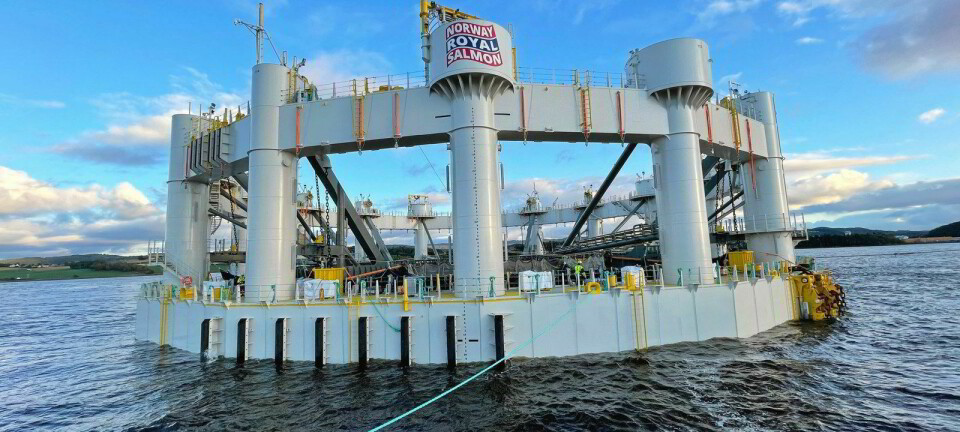
Newfoundland marine conservation area plan 'risks significant job losses'
The implementation of a proposed National Marine Conservation Area (NMCA) on the south coast of Newfoundland risks significant job losses in an area where many people already rely on government handouts, a report has warned.
The 28-page “economic snapshot” of the area was produced by the Atlantic Economic Council, an independent, non-profit economic and policy research organisation. The snapshot was commissioned by the Newfoundland Aquaculture Industry Association (NAIA) and Mining NL.
The NMCA has being considered by Parks Canada, the federal government agency that administers the national park system. It follows a Memorandum of Understanding signed in 2023 by the Government of Canada, the Government of Newfoundland and Labrador, Miawpukek First Nation, Qalipu First Nation and the Town of Burgeo.
An economic cornerstone
“This report supports with facts what we already know to be true: aquaculture is an economic cornerstone of the south coast,” said NAIA executive director, Keith Sullivan.
“It was important to our members to have a third-party analysis to support our position that an NMCA would be detrimental to so many who live and work in the communities along the south coast.”
The snapshot paints a grim picture of a province that has not fully recovered from a decision made in Ottawa in the early Nineties.
“Historical evidence demonstrates that declines in rural economic activity can have severe and lasting consequences for remote communities,” write the snapshot’s authors. “The 1992 cod moratorium marked a turning point in Newfoundland and Labrador’s economic history, resulting in over 30,000 job losses and significant out-migration. Although federal support programs helped mitigate some impacts, many communities continue to face long-term challenges.”
Balanced decisions
They add that such history “underscores the importance of careful, balanced decisions when considering changes that may affect the region’s core sectors”, and say the economic snapshot provides reliable, third-party data to support decision-makers.
The south coast study area has experienced a notable population decline in the years leading up to the 2021 Census, states the report. The population fell to just under 14,000, a 10% decrease since 2016 and a 38% drop since 1996.
Government transfers (benefits) represented a large portion of individual income in the region. Nearly 36% of total income came from transfers in 2020, with a median transfer amount of about CAD 16,000.
Stable, full-time employment was relatively uncommon. Only 18% of residents worked full-time year-round in 2020, while 34% were employed part-time or part-year.
Only 47% of the adult population aged 15 years and above actively engaged in the labour force. Among them, just 38% of the adult population aged 15 years and above were employed, while 19% of labour force were unemployed.
Pillar of the economy
Aquaculture plays a vital role in the economy of the island of Newfoundland’s south coast, with leading industry firms making large contributions to total aquaculture production in the region, write the authors. Aquaculture production in Newfoundland and Labrador has expanded rapidly over the past two decades. Production grew from just over 5,600 tonnes in 2004 to nearly 26,200 tonnes in 2024, an increase of about 365%. The total value of production rose from CAD 22 million to CAD 281 million in 2024, almost 12 times more valuable than it was in 2004.
The broader aquaculture industry supported over 2,000 jobs and contributed CAD 282 million to provincial GDP in 2024, including spin-offs.
“Aquaculture is a vital pillar of the south coast economy, supporting production, investment and development locally as well as export growth. Implementation of the proposed NMCA risks significant job losses and potential community relocation, which could reduce government revenues and increase reliance on public support program,” said Fred Bergman, senior policy analyst with the Atlantic Economic Council.






















































